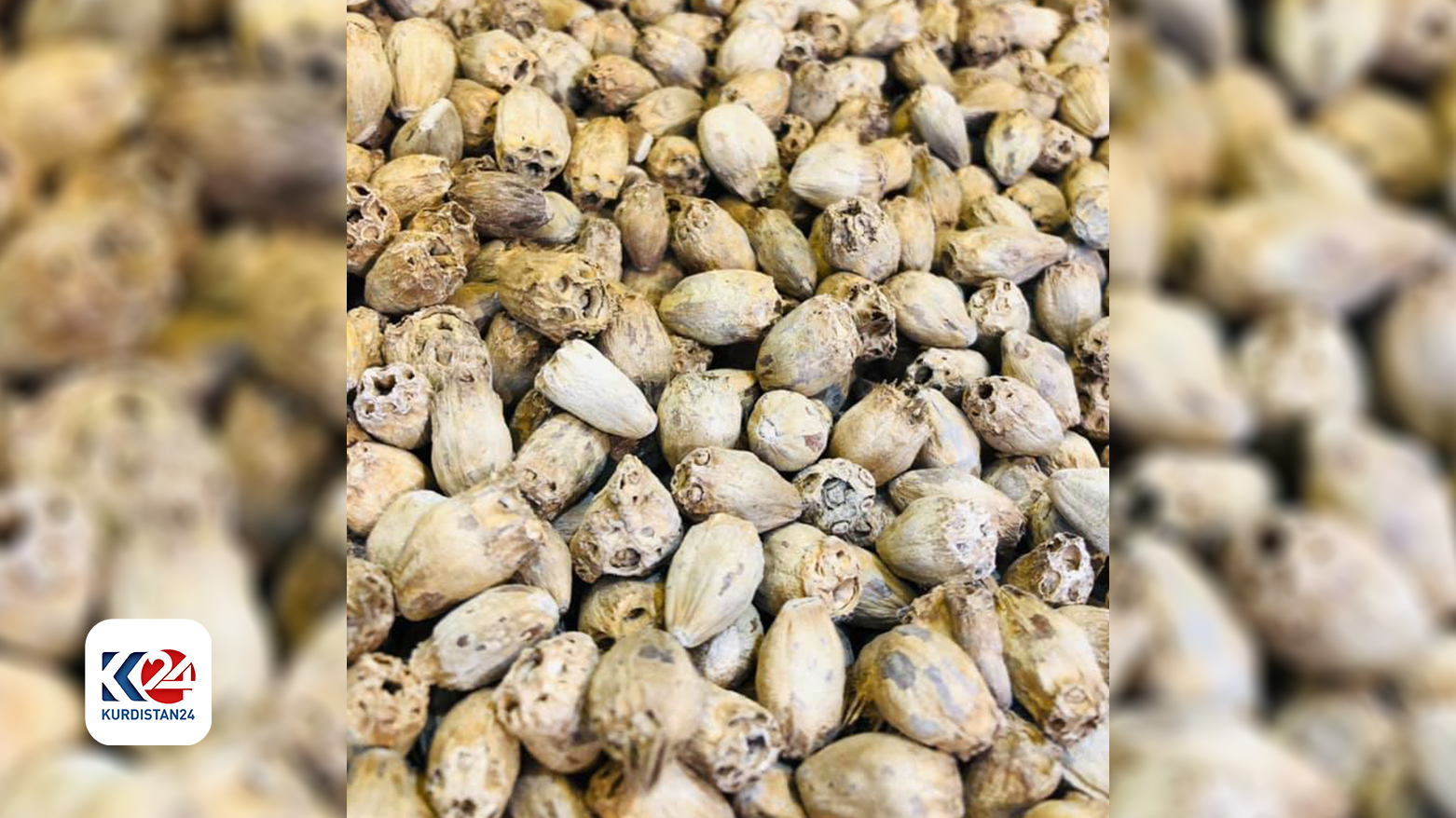Activist highlights bumper "Kengrok" crop this year
"The prices have also been very good compared to last year, varying according to the place. Kengroks from areas such as Kani Bot, Hore, Berde Gerdan Valley, and Dilbexoy can fetch up to 25,000 Iraqi dinars per kilo."

ERBIL (Kurdistan24) – This year's Kengrok (Sissi seeds) crop has seen a significant increase in quality and quantity compared to last year, according to an activist and environmentalist.
On Sunday, Rebar Saadullah, an activist and environmentalist, shared with Kurdistan24 that Kengrok products are traditionally collected using various types of sieves and sifters.
"We have several types of sieves, some made of animal skins and others of wire. The animal skin sieves, which are the oldest and best type, are still in use, but now some people collect them in bowls and use a double-edged stick to cut them," he explained.
Saadullah elaborated on the communal process of collecting Kengroks. "We collect Kengroks together with the villagers. The village mukhtar calls and warns them, using two calls: the highland call and the lowland call. The mukhtar of the village sets a specific day for everyone to go and collect the Kengrok crops. No one can go before this set day," he said.
This year's favorable weather conditions, with more snow and cold, have resulted in an abundant and high-quality Kengrok crop. "The crop is both plentiful and beautiful this year. The prices have also been very good compared to last year, varying according to the place. Kengroks from areas such as Kani Bot, Hore, Berde Gerdan Valley, and Dilbexoy can fetch up to 25,000 Iraqi dinars per kilo," Saadullah noted.
He highlighted the challenges of collecting Kengroks in mountainous areas. "There are many Kengroks in the mountainous areas, especially in the villages of Kani Bot, Shirin Mountain, and Hore. However, our area is mountainous, and not many people can reach it. Therefore, the Kengroks will dry up, and some of us can go and collect them later to sell," he said.
Saadullah also pointed out that both men and women participate in collecting Kengroks. "Men and women go together to collect Kengroks. Some use them for nightlife and food, while others sell them for their livelihood," he added.
